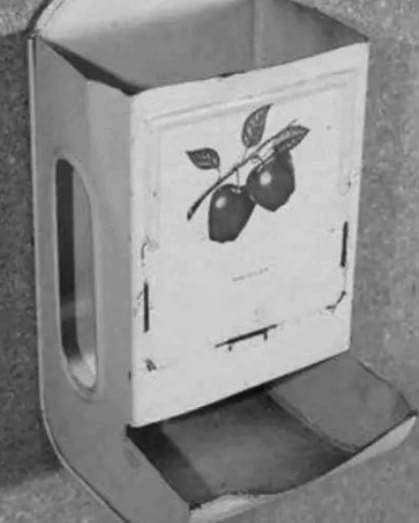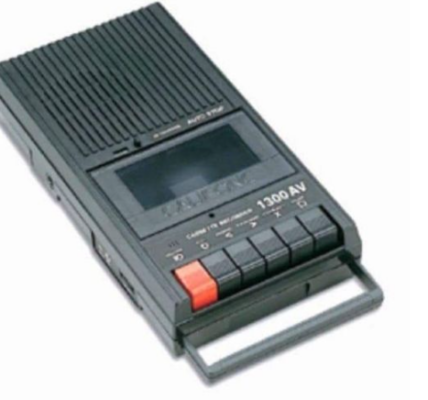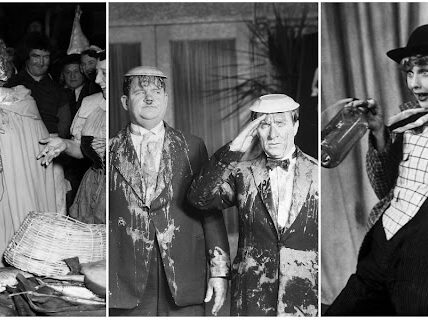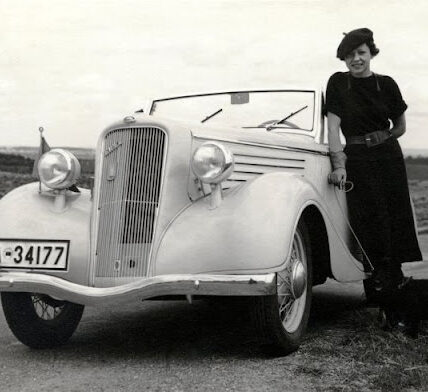Once an indispensable household item, the humble matchbox was a staple in every pocket, drawer, and car glove box. It was there to light stoves, fireplaces, or offer a quick smoke. Yet, as technology ushered in the era of electric ignitions and convenient lighters, the matchbox gradually slipped into obscurity. Today, it’s more than a memory—it’s a collectible that carries nostalgia and an appreciation for a bygone era. Let’s explore the fascinating journey of the matchbox, from everyday essential to cherished keepsake.
Matches as an Everyday Necessity
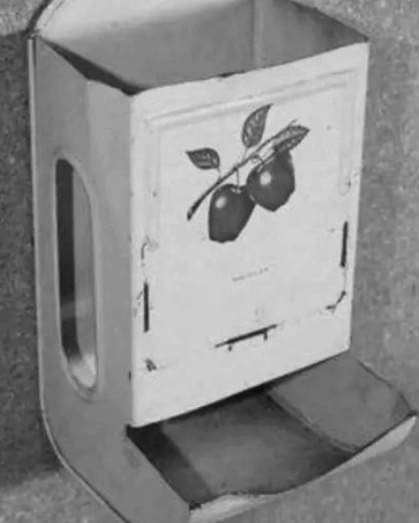
In the early-to-mid 20th century, matches were omnipresent, relied upon daily for tasks like lighting stoves, fireplaces, or cigarettes. In a time before widespread adoption of portable lighters, matches were as common as smartphones are today—everyone had a matchbox on hand.
These little boxes of wooden matches were affordable, portable, and incredibly practical. A single match could light a fire to cook a meal or warm an entire home. For households without electricity, or those using kerosene lamps, matches were indispensable. Shops and restaurants even offered matchboxes or matchbooks to customers as a courtesy, a gesture that reflects just how essential they were in everyday life.
The Early Dangers of Matches
Matches may seem simple, but their early versions were quite hazardous. In the 19th century, matches were tipped with highly flammable phosphorus, which could ignite with minimal friction. This made carrying them in pockets or bags risky, as they could easily catch fire if rubbed against something.
To prevent accidental ignitions, people used protective match cases made of tin, silver, or other metals. These cases became stylish accessories, with wealthy individuals commissioning custom designs to reflect their status. For the working class, matches were often wrapped in cloth or kept in simpler cases to reduce the risk of spontaneous combustion. Despite the risks, matches remained essential, a small but vital part of daily routines.
The Transition to Safer Matches and the Rise of Matchbooks
As matches became more widespread, manufacturers sought ways to make them safer. By the late 1800s, standardized sizes and safety tips reduced the risk of accidental ignition. This increased accessibility and boosted the popularity of matches, making them a household staple.
The 20th century saw the rise of matchbooks, a convenient alternative that revolutionized the market. Matchbooks, compact booklets of paper matches, became especially popular after World War II, particularly among smokers and travelers. Recognizing the advertising potential, businesses printed logos, slogans, and artwork on matchbook covers, turning them into effective promotional tools. Restaurants, hotels, and bars handed out matchbooks for free, ensuring their brand stayed in the hands and pockets of customers.
Matchboxes as Functional and Decorative Home Items
While matchbooks became popular for their convenience, traditional wooden matchboxes remained a staple in many households. Kitchens, living rooms, and garages typically had matchboxes on hand, often stored in decorative holders. These wall-mounted metal holders ranged from simple tin boxes to ornate brass or cast iron designs, protecting matches from moisture and accidental knocks while adding a decorative touch.
Many of these match holders featured intricate designs reflecting the aesthetics of their era, with details that made them a charming addition to kitchens or fireplaces. This attention to design elevated matchboxes and holders from simple functional items to elements of home decor, especially in homes that still depended on open flames for heating and cooking.
The Impact of Matchbooks on American Culture
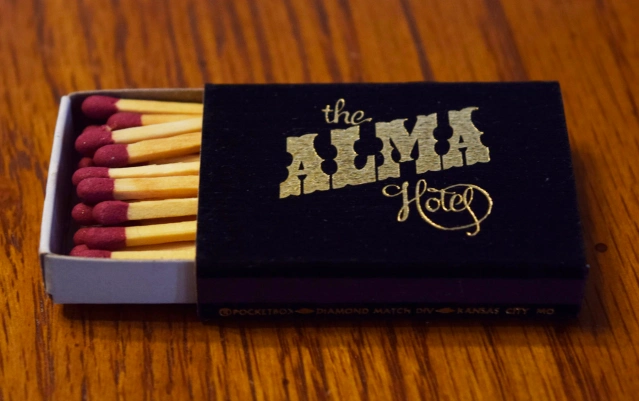
In mid-20th century America, matchbooks became cultural icons. They were everywhere—diners, motels, bars, and bowling alleys all distributed them. Matchbooks were so common that collecting them became a popular hobby. Matchbook covers often displayed colorful illustrations, catchy slogans, and memorable logos, making each one a mini work of art.
Collectors, known as phillumenists, gathered matchbooks as mementos of places they’d visited or as showcases of creative graphic design. These small artifacts captured the essence of post-war American culture, a period marked by travel, brand loyalty, and dining out. Today, vintage matchbooks offer a nostalgic glimpse into that era, with each booklet reflecting a piece of mid-century life and style.
The Decline of Matches and the Rise of the Lighter
The decline of the matchbox began in the late 20th century with the growing popularity of lighters. Pocket lighters, like the iconic Zippo, offered a reusable and wind-resistant alternative to matches. Smokers, who had been a primary market for matches, began to favor lighters for their convenience and reliability.
At the same time, technology transformed household routines. Gas stoves and fireplaces began incorporating electric ignitions, eliminating the need for matches to start a flame. With these changes, matches gradually became less essential, reserved for specific occasions like lighting birthday candles, starting campfires, or emergencies. The matchbox, once a daily tool, was now relegated to the background.
Matchboxes as Collectible Treasures
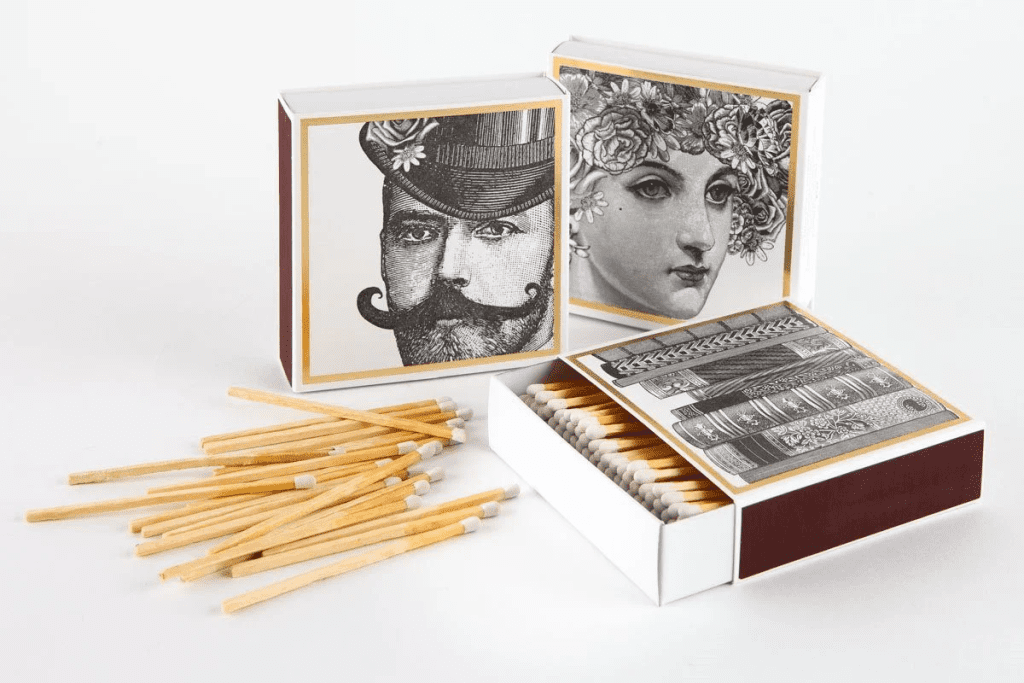
While matches have largely faded from everyday use, they’ve found a new life among collectors. Phillumeny—the hobby of collecting matchboxes, matchbooks, labels, and holders—has become a niche but passionate pursuit. Collectors prize vintage matchboxes and matchbooks for their unique designs, historical value, and the memories they evoke.
Matchbox collectors seek designs from particular decades, brands, or locations, appreciating them as miniature time capsules. Vintage matchboxes from historic hotels, famous tourist spots, or special events hold sentimental value and are often displayed as art pieces. For these collectors, matchboxes go beyond their original purpose; they’re cherished pieces of history that tell the stories of a different time and place.
Modern Matchboxes: A Niche Market and Decorative Trend
Today, while matches are no longer essential household items, they’ve carved out a niche for special occasions and as decorative pieces. Oversized matches in stylish paper boxes are popular for lighting fireplaces and candles, especially around the holidays. These modern matchboxes often serve as decor, adding a rustic or vintage charm to living spaces.
For those who love vintage aesthetics, matchboxes evoke a sense of nostalgia that lighters simply can’t match. Brands have even reintroduced classic matchbox designs, appealing to consumers who appreciate both form and function. In this way, the matchbox has transformed from a practical item to a lifestyle accessory, celebrating history while complementing contemporary home decor.
Conclusion: The Matchbox’s Lasting Legacy
Although the matchbox is no longer a daily necessity, its legacy endures as both a functional object and a nostalgic collectible. From its early days as an essential fire-starting tool to its later role as a cultural icon, the matchbox has adapted to changing times while leaving a lasting mark on history. For collectors, designers, and history buffs, the matchbox represents not only a source of warmth and light but also a small yet significant piece of the past.
The story of the matchbox is a reminder of simpler times when lighting a fire required just a small, unassuming box. Though technology has moved on, the matchbox remains a beloved symbol of the past, proving that sometimes the most humble items carry the most enduring impact.
